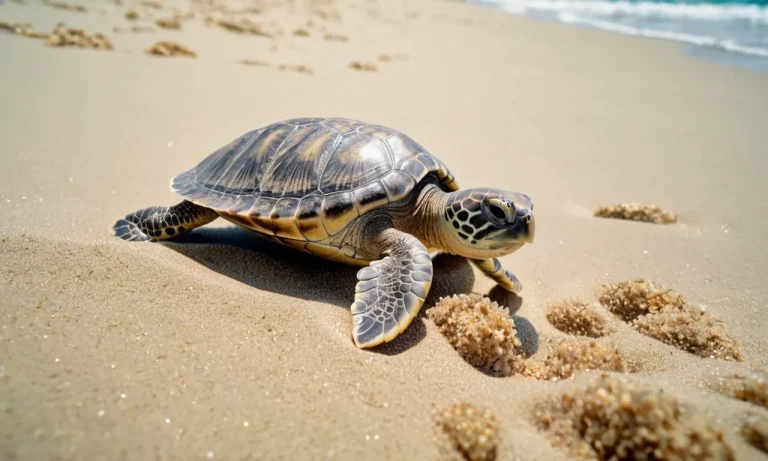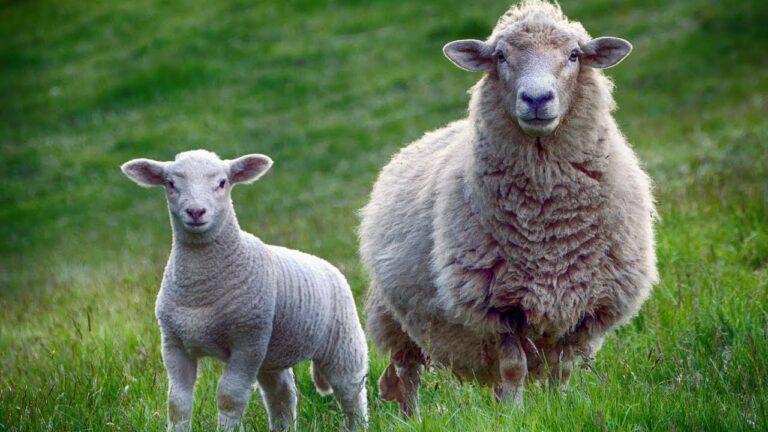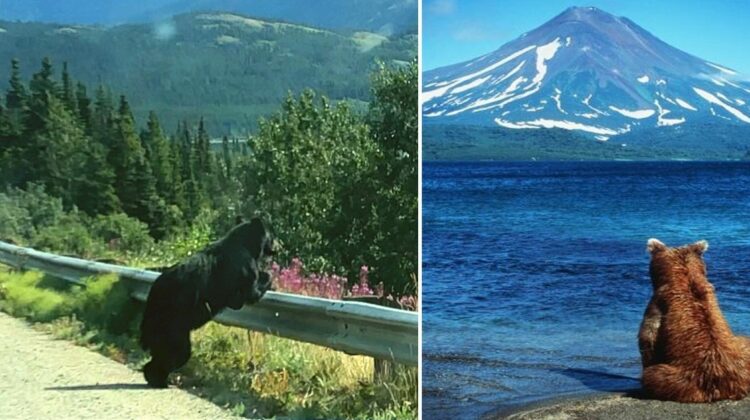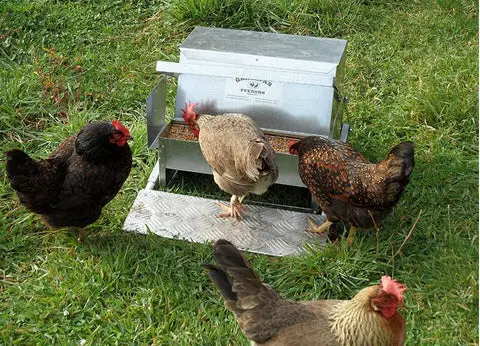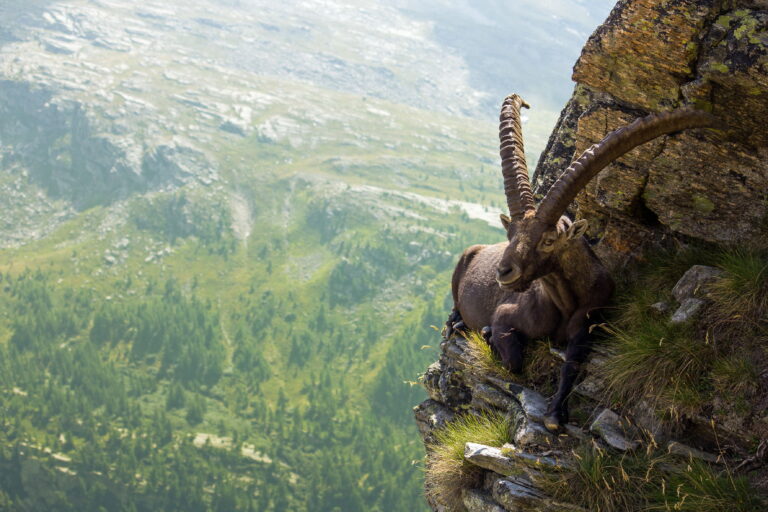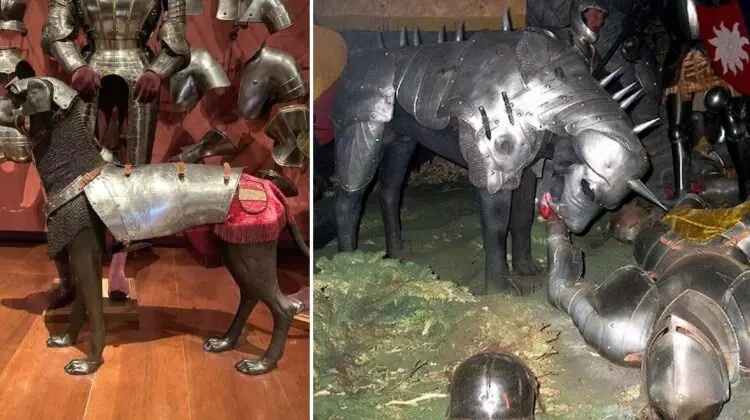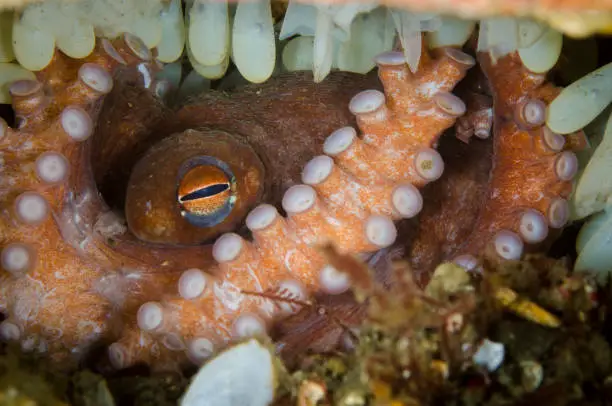The Amazing Journey of Baby Sea Turtles: Nature’s Tiny Warriors
Each year, coastal beaches become the stage for one of nature’s most heartwarming spectacles: the hatching of baby sea turtles. These tiny creatures embark on an incredible journey from their sandy nests to the ocean, facing numerous challenges along the way. Let’s explore some fascinating facts about baby sea turtles and their remarkable lives!
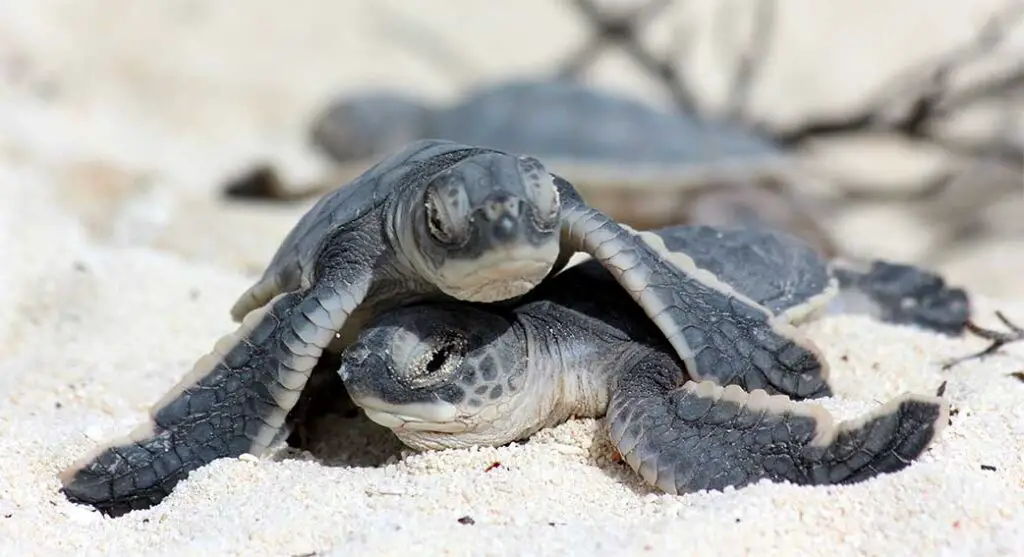
1. The Hatching Process
The journey of a baby sea turtle begins when the mother lays her eggs in a sandy nest. After about 60 days of incubation, the baby turtles emerge from their eggs, often coordinating their hatching to increase their chances of survival. Once they break free, they instinctively head towards the ocean, using natural cues like the reflection of moonlight on the water to guide them.
Fun Fact:
A single female sea turtle can lay anywhere from 50 to 200 eggs in a nesting season, but only a small percentage of those hatchlings will survive to adulthood due to natural predators and environmental challenges.
2. The Great Migration
After hatching, baby sea turtles face one of their most dangerous phases: the dash from the nest to the sea. During this short journey, they are vulnerable to a variety of threats, including birds, crabs, and other predators. This initial sprint is crucial, as the faster they reach the water, the better their chances of survival.
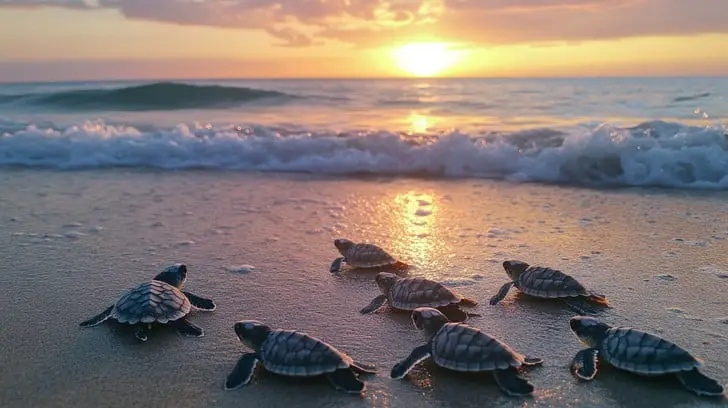
3. Sea Turtles’ Unique Adaptations
Once in the ocean, baby sea turtles rely on several adaptations to survive. Their streamlined bodies help them swim efficiently, and their flippers allow them to navigate through waves and currents. Additionally, they can hold their breath for an impressive duration, allowing them to dive deep and avoid predators.
Survival Strategy:
Many species of baby sea turtles enter a phase called the “lost years,” during which they spend several years in open water, often drifting with ocean currents to find food and grow. This stage is still a mystery to scientists, as little is known about their activities during this time.
4. Importance of Sea Turtles
Sea turtles play a vital role in maintaining the health of marine ecosystems. As herbivores, they help control seagrass and algae populations, and as predators, they contribute to the balance of marine life. Their nesting behaviors also aid in the nourishment of beach ecosystems.
Conservation Status:
Unfortunately, many sea turtle species are endangered due to habitat loss, pollution, climate change, and poaching. Conservation efforts, including nesting site protection and rehabilitation programs, are essential for ensuring their survival.
5. Ways to Help Baby Sea Turtles
You can support the survival of baby sea turtles and their habitats through various actions:
- Participate in Beach Cleanups: Reducing pollution on beaches helps create a safer environment for nesting turtles.
- Support Conservation Organizations: Many groups work tirelessly to protect nesting sites and educate the public about sea turtle conservation.
- Be Mindful of Lighting: If you live near nesting beaches, use turtle-friendly lighting to avoid disorienting hatchlings during their nighttime journey.
Conclusion
The hatching of baby sea turtles is a truly magical event that showcases the resilience of nature. From their dramatic emergence from sandy nests to their perilous journey to the ocean, these tiny creatures inspire awe and admiration. By supporting conservation efforts, we can help ensure that future generations will witness the incredible journey of baby sea turtles for years to come.
Have you ever witnessed a baby sea turtle hatching? Share your experiences or thoughts on sea turtle conservation in the comments below!
